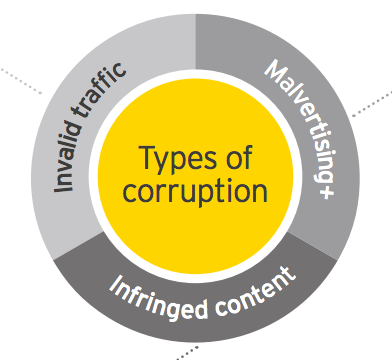Malware is malicious code developed by cyberattackers, designed to cause extensive damage to data and systems or to gain unauthorized access to a network. zvelo blocks malicious threats and exploits which can be detected at the domain, full-path, or page-level.
Domain Generation Algorithms (DGAs) are a key tool for threat actors. As DGAs become more sophisticated and increasingly difficult to detect, zvelo’s Cybersecurity Team recommends heightened awareness and shares what you need to know.
WordPress is an easy target and attackers are compromising vulnerable and misconfigured deployments to serve Qakbot and other malware.
Malicious Cyber Actors increasingly exploit seemingly legitimate whitelisted sites to deliver malware, utilizing our own tools and trust against us.
The resurgence of the Emotet trojan reminds us of these 5 habits everyone should develop to maximize your organization’s online security.
Malicious Cryptocurrency Mining, or Cryptojacking, is the unauthorized use of a user’s device to mine cryptocurrencies. This article covers primary infection methods and tips for identification and prevention of cryptomining malware.
Once you see this vulnerability in action, it’s easy to imagine how easily devices can be exploited. Simple vulnerability hacks and tactics such as this can be used in coordination with home routers, smart speakers, video surveillance equipment, and much more to create havoc.
The size and magnitude of the Malware and Ad-fraud bot problem is immense and growing. And, as bots continue to proliferate, there’s important distinctions to point out between Malware bots and Ad-fraud bots.
The cyber arms race just got crazier. You’ve heard of SaaS…DaaS… now there’s MaaS – “Malware as a Service,” empowering and enabling cyber criminals.
A recent IAB Report shows $8.2B a year was lost to online fraud and malware in the digital advertising industry alone. This illustrates the importance…
I got my hands on a copy of a Northwestern University research paper titled “Evaluating Android Anti-malware against Transformation Attacks.” After digging into it, my zveloLABS colleagues and I decided to conduct an experiment of our own based on the information provided in the research paper.








